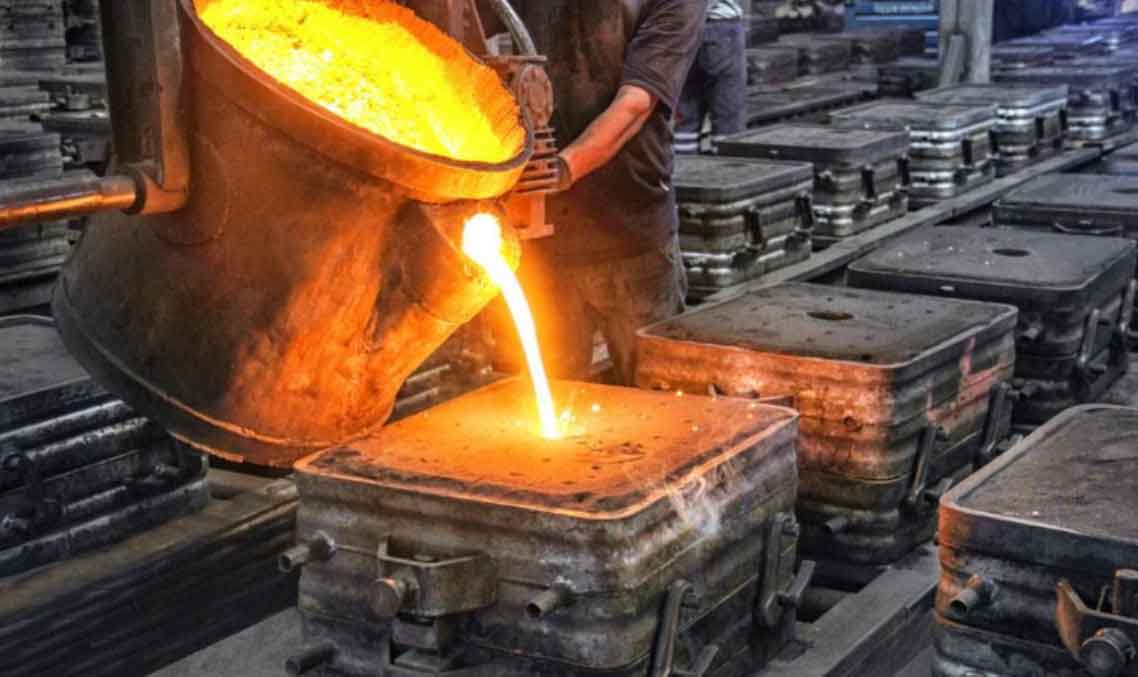
Indeed, the sand casting process is an ancient art that continues to play a pivotal role in modern manufacturing. Its ability to create complex metal components with relatively simple tools and materials has made it a timeless and versatile technique. Here’s how the sand casting process is revitalizing modern manufacturing:
- Versatility: Sand casting can be used to produce a wide range of shapes and sizes, making it suitable for various industries, including automotive, aerospace, construction, and art. It accommodates both small and large-scale production, making it a flexible choice for manufacturers.
- Cost-Effectiveness: The sand casting process is relatively cost-effective, especially for low to medium-volume production runs. It requires minimal initial investment in tooling and equipment, making it accessible to a broader range of manufacturers.
- Rapid Prototyping: Sand casting allows for the creation of prototypes quickly and economically. Manufacturers can test their designs and make adjustments before committing to large-scale production, reducing the risk of costly errors.
- Traditional Craftsmanship Meets Technology: While the fundamentals of sand casting remain unchanged, the integration of modern technology, such as computer-aided design (CAD), simulation software, and 3D printing for pattern-making, has streamlined the process and enhanced accuracy.
- Material Options: Sand casting can accommodate a wide variety of metals, including aluminum, iron, steel, bronze, and more. This diversity of materials ensures that manufacturers can choose the most suitable alloy for their specific application.
- Sustainable Manufacturing: As a low-waste process, sand casting aligns with the principles of sustainable manufacturing. The sand used in the process can be reclaimed and reused, minimizing material waste. Additionally, some foundries use eco-friendly binder systems and opt for green sand molding, further reducing the environmental impact.
- Complex Geometry: Sand casting can produce intricate and complex designs that may be challenging or cost-prohibitive with other manufacturing methods. This capability allows for innovative and creative product designs.
- Wide Range of Component Sizes: Sand casting can create both small and large metal components, offering manufacturers the ability to produce parts of various sizes and weights.
- Reliable and Proven Method: The sand casting process has been perfected over centuries, resulting in a well-established and reliable method for producing high-quality metal components.
- Global Appeal: Sand casting’s simplicity and accessibility have contributed to its global appeal. Foundries all over the world, from large industrial facilities to small artisan workshops, continue to utilize sand casting techniques.
In conclusion, the sand casting process’s blend of tradition and modern advancements continues to breathe new life into manufacturing. Its adaptability, cost-effectiveness, and sustainability make it an indispensable technique for various industries seeking to produce intricate metal components efficiently. As technology and materials continue to evolve, sand casting remains an essential aspect of the manufacturing landscape, connecting the past with the future.
